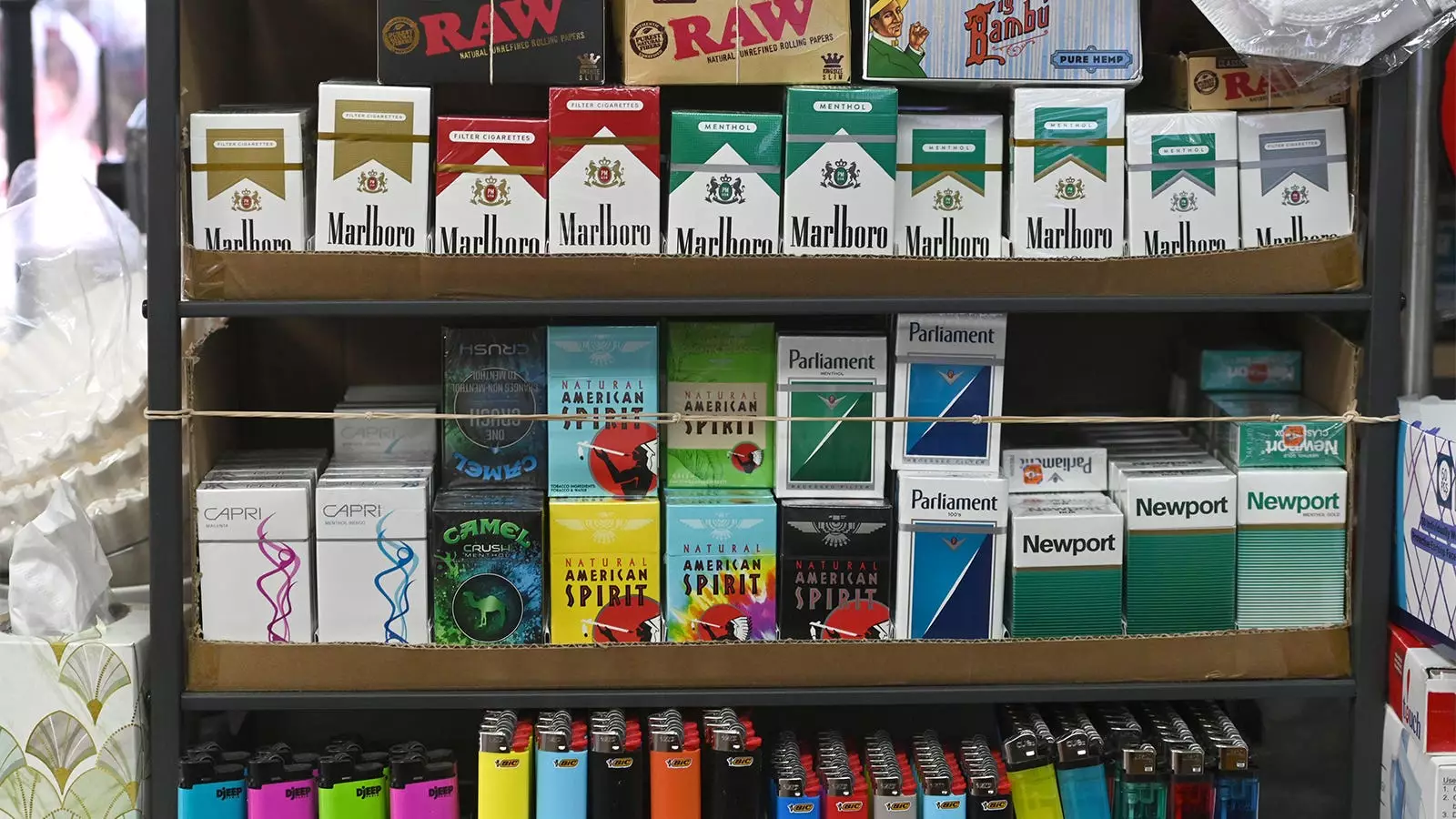The announcement from the U.S. Food and Drug Administration (FDA) on Wednesday marks a significant turning point in the ongoing battle against tobacco addiction and public health crises it brings along. The proposed measure seeks to drastically reduce nicotine levels in cigarettes and other selected tobacco products to unprecedented lows, intending to decrease their addictive nature. The rule targets specific categories, including cigarettes, roll-your-own tobacco, and certain cigars, while excluding e-cigarettes and smokeless tobacco, signaling a targeted approach to nicotine regulation.
Under the new proposal, the FDA aims to cap nicotine content in cigarettes to 0.7 mg/g of tobacco. Currently, the average cigarette contains 10-15 mg of nicotine per stick, making it a potent source of addiction. By lowering the nicotine threshold in combusted tobacco products, the FDA hopes to inhibit the development and maintenance of nicotine addiction among consumers. This approach could transform the landscape of tobacco use, potentially satisfying the public health imperative of reducing smoking prevalence.
The implications of this move are profound. With the U.S. positioning itself as the first nation to enforce strict nicotine limits, other countries may feel pressured to follow suit. A global shift in public health policy could lead to fewer youth receptacles for smoking initiation and subsequent addiction, fundamentally shifting societal norms related to tobacco use.
The FDA projects the potential cost-benefit ratio of this proposal to be profoundly favorable for public health. The agency’s modeling estimates that about 48 million youth and young adults could refrain from smoking by the year 2100, with millions more current smokers likely to quit soon after the rule is enacted. These figures are motivating the FDA and other stakeholders, including public health experts, to champion the initiative as a major milestone.
Health advocate Dr. F. Joseph McClernon at Duke University emphasized the transformative potential of the nicotine cap. This policy not only targets addiction but also aims to avert millions of tobacco-related deaths in the future. By dissuading youth from picking up the habit and empowering current smokers to quit, the initiative not only strives for a healthier populace but also contributes to significant healthcare cost reductions associated with tobacco-related illnesses.
Beyond health concerns, the FDA’s ruling aligns with pressing environmental needs as well. Tobacco products and their waste frequently contribute to plastic pollution and environmental degradation. Advocacy groups have noted that discarded cigarette butts are a major source of plastic waste globally. Hence, the push to make cigarettes less addictive has dual benefits: not only does it have the potential to save lives, but it could also serve to decrease environmental harm, addressing climate change from multiple angles.
The urgency expressed by advocacy groups and health officials highlights a shared sentiment—tobacco presents an unnecessary burden on society. The eradication of extreme nicotine addiction could be a significant leap forward in reducing this burden.
In line with their commitment to transparency, the FDA is inviting public feedback on this groundbreaking proposal from January 16 to September 25 of this year. This marks an opportunity for stakeholders, including smokers, public health professionals, and concerned citizens, to voice their opinions and concerns. The FDA is also seeking insights from its Tobacco Products Scientific Advisory Committee, fostering a collaborative environment for discourse.
As the proposal unfolds, there is an understanding that this change would not be instantaneous; it requires cooperative engagement from a diverse audience. The urgent call for action emphasizes a critical message: as public health continues to evolve, long-standing habits and industries must adapt.
The FDA’s proposal to limit nicotine levels offers a unique blend of public health foresight and environmental responsibility. As a nation, the pathway forward will require commitment and collective action to drive down rates of tobacco use, lessen addiction, and mitigate the health and environmental toll of tobacco products. The collaboration between government agencies, health advocates, and the public may prove pivotal in ensuring a healthier future for generations to come.



Leave a Reply